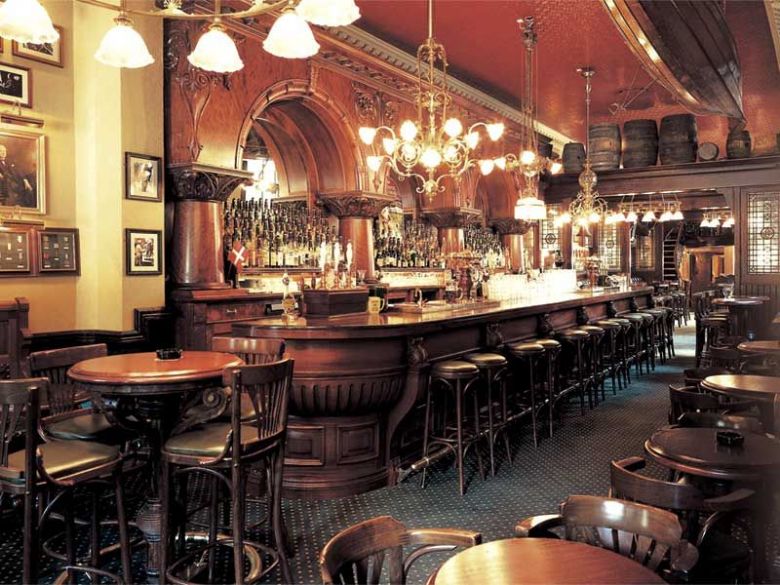Thursday 14th May
English L.O: To write a first person setting description of a Victorian pub.Activity 1: Listen to Chapter 2 of 'The Stolen Sister' on the Learning --> Stories page of the website Activity 2: Imagine you are walking into 'The Pig and Whistle' pub: a traditional English pub of the Victorian era owned by Ma and Pa Bigsby with Florrie behind the bar serving customers. Your task is to to describe your surroundings. I encourage you to use the 5 senses (seeing, hearing, smelling, feeling, tasting) to describe the atmosphere clearly to the reader. Write a minimum of 2 paragraphs. Use the picture below of a Victorian style pub (likely to look very similar to the 'The Pig and Whistle') to help you imagine what it would be like to walk into a building just like this.
|
MathsYear 5 L.O: To find equivalent fractions.Activity 1: For today's lesson I would like you to re-watch the video from yesterday on equivalent fractions.
Activity 2: For those of you that feel you could do with a little more practice with the topic of equivalent fractions, I have attached a file titled 'Equivalent Fractions Y5 Fluency' below as well as the answer sheet. This activity requires you to look at what has been done to the numerator or denominator and ensure that what ever you do to one, you do to the other! See below for explanation. For those of you who feel confident with this topic already, I have attached some 'Y5 Reasoning and Problem Solving' tasks below (answers are at the end of this attachment).
We can see by looking at the problem on the left, that you must multiply 1 x 2 to = 2. Because you have multiplied the numerator x 2, you must always do the same to the denominator (like you can see on the right).
This also works in reverse when dividing to find the missing value. On the right you can see that you must do 2 divided by 2 to get 1 so you must divide 8 by 2 to find the missing value.The key rule to remember is 'what ever has been done to the numerator must be done to the denominator' and vice versa. Year 6: L.O: To divide fractions by integers.Activity 1: For today's lesson I would like you to re-watch the video from yesterday on dividing fractions by integers.
Activity 2: For those of you that feel you could do with a little more practice with this topic, I have attached a file titled 'Dividing Fractions by Integers Y6 Fluency' below as well as the answer sheet. This activity provides an opportunity to practise the method of flipping the second fraction (after you have put it over 1) and multiplying the fractions together. For those of you who feel confident with this topic already, I have attached some 'Y6 Reasoning and Problem Solving' tasks below (answers are at the end of this attachment). |
Geography L.O: To locate the world's most well-known volcanos.Today you are going to explore the locations of the world's most well-known volcanos. Below is a file titled 'The World's Volcanos'. On this activity sheet, you have a blank map of the world along with names of the following volcanos:
|
P.E.At a time where we all find ourselves indoors for the most of the day, we should bear in mind how important daily exercise is for our health and wellbeing, particularly our mental health. If you are able to, take your device somewhere with plenty of space (even the garden on a nice sunny day) or clear some space in front of your computer and follow along with Joe Wicks for a 30 minute workout. I will definitely be doing the same! OR alternatively, Mrs Lightfoot has uploaded some very exciting links to other online PE sessions which you can access by following this link: Alternative P.E. Ideas
|

 Success Criteria:
Success Criteria:


